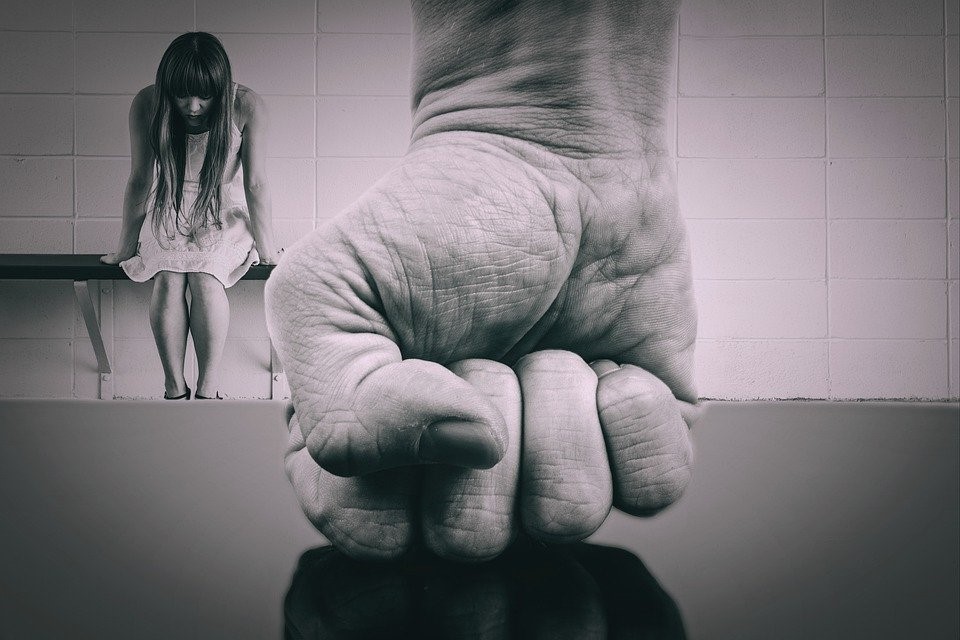Now Reading: Sexual Harassment: What Actions Can Victims Take
-
01
Sexual Harassment: What Actions Can Victims Take

Sexual Harassment: What Actions Can Victims Take
Sexual harassment, a widespread concern, affects people in workplaces, schools, and public areas, creating detrimental effects on their well-being and safety. Effectively tackling this issue demands comprehensive awareness of the remedies and protective measures available to victims. This process involves understanding legal rights, reporting procedures, and accessing support systems. These steps are crucial in empowering victims to pursue justice and safeguard their personal and professional environments against such unacceptable behavior.
This article outlines practical steps and resources that victims of sexual harassment can utilize.
- Understand Sexual Harassment
Before taking action, it’s crucial to understand what constitutes sexual harassment. It encompasses unwanted sexual advances, requests for sexual favors, and any behavior of a sexual nature. This misconduct can manifest in various forms, ranging from suggestive comments to physical touching.
These behaviors are particularly problematic when they adversely affect an individual’s job performance, create an intimidating, hostile, or offensive workplace or educational environment, influence employment decisions like hiring, promotion, or termination. Recognizing these behaviors as harassment is the first step in creating a safe and respectful environment for everyone.
- Seek Legal Advice
Exploring legal avenues is a primary step for sexual harassment victims. Hence, seeking advice from a sexual harassment lawyer is vital, as these experts can provide insights into the legal framework surrounding such cases. They can guide victims through documenting incidents, advise on the relevant statute of limitations, and help understand the intricacies of legal proceedings. This professional guidance is crucial in formulating a strategy to navigate the legal system effectively and assert one’s rights.
- Report The Harassment
Reporting harassment is also a critical step in addressing the issue. Victims are encouraged to report the incident to designated authorities, such as supervisors, HR departments in workplaces, or campus authorities in educational settings. Each organization has unique reporting procedures and policies, making it essential for victims to be informed about the specific reporting process in their environment. Prompt reporting not only initiates the process of addressing the issue but also helps create a safer environment for others.
Moreover, when reporting the incident, victims should create a record in detail. This record should include dates, times, locations, descriptions of the incidents, and any witnesses present. Such documentation is crucial for any future legal or organizational proceedings. It serves as evidence and can significantly strengthen a victim’s case, whether in an internal investigation or a legal trial.
- Seek Support Systems
Victims of sexual harassment should seek emotional support and guidance. Friends, family, and professional counselors can provide much-needed emotional support. Additionally, numerous support groups and organizations are dedicated to assisting victims of sexual harassment, offering a network of support and resources. These support systems can play a vital role in helping victims navigate the emotional challenges from such experiences.
- Understand The Employer’s Responsibility
Employers are legally obligated to prevent and address sexual harassment in the workplace. Understanding this responsibility empowers employees to hold their employers accountable. This obligation includes conducting thorough investigations into complaints and implementing measures to prevent further harassment. Awareness of an employer’s duty in this regard is also crucial for employees to ensure their rights are protected and upheld in the workplace.
- Utilize External Resources
Victims can turn to external resources when internal reporting does not yield satisfactory outcomes. This includes filing complaints with external bodies in their state or similar entities in other countries. These external avenues can offer additional oversight and ensure appropriate actions against perpetrators and negligent organizations are taken.
In addition to these entities, various governmental and non-governmental organizations can also aid victims of sexual harassment. These organizations offer legal advice, counseling services, and advocacy support, serving as crucial allies for victims seeking justice and help. They are key in guiding victims through legal processes and providing emotional and psychological support during challenging times.
- Ensure Personal Safety
When sexual harassment poses a direct threat to personal safety, it becomes crucial to take immediate and proactive protective measures. This often involves leveraging the legal system, which provides tools like restraining orders designed to safeguard individuals from further harm. These legal measures act as a barrier, preventing harassers from continuing their detrimental behavior. Victims also need to understand their rights and the protective mechanisms available to them.
By obtaining restraining orders or similar legal protections, victims can create a legally enforced boundary, offering a sense of security and safety. Prioritizing personal safety in this manner is not just a reactive measure but a crucial step in asserting one’s right to a safe and harassment-free environment. This approach protects the individual and also sends a clear message about the seriousness of harassment and its consequences.
Conclusion
Dealing with sexual harassment is a challenging and often daunting experience. However, by keeping the information mentioned above in mind, victims are empowered to take action. Remember, no one should have to tolerate sexual harassment, and there are avenues available to seek justice and ensure personal safety.










